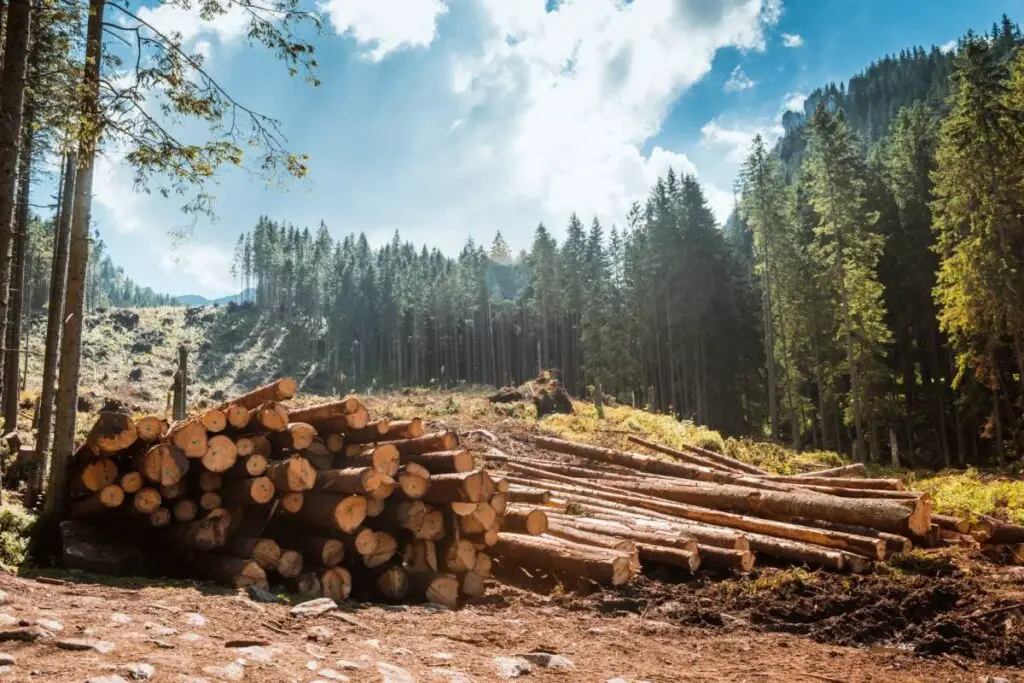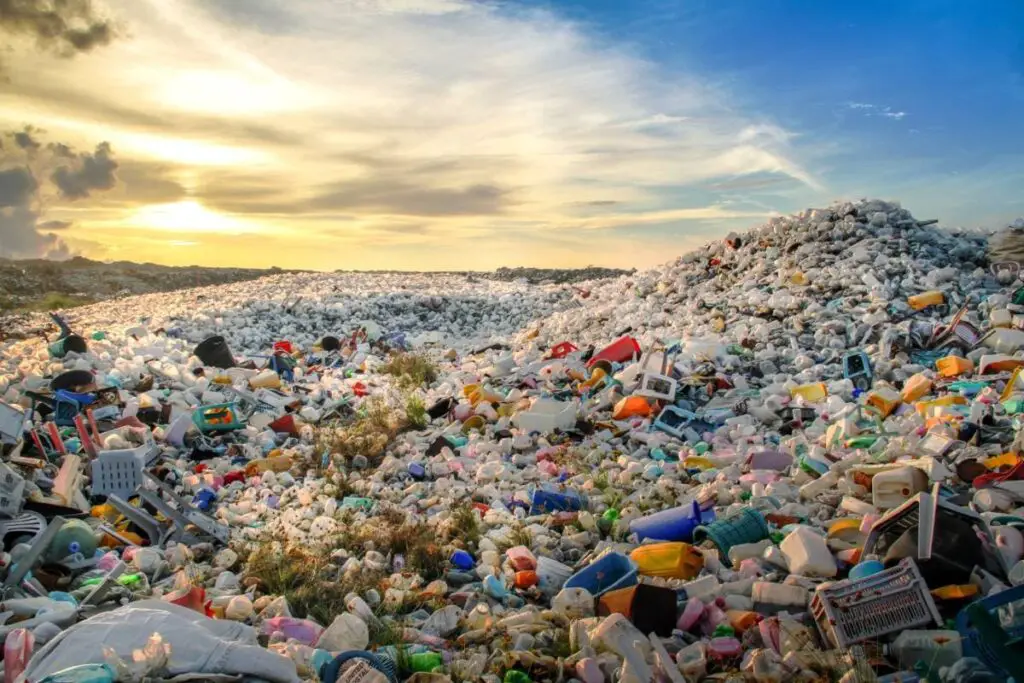Humans have been causing enormous damage to the environment for over two centuries since the Industrial Age. While major accidents and natural disasters draw momentary attention, Man’s harmful effects have persisted for decades. Consequently, the list is growing.
Included in the list of things that harm the environment – Carbon Emissions -Greenhouse Gases – and Fossil Fuels – contribute to climate change and worsen global warming. Add Consumer Goods – Plastics – Reckless Industrial Activities – and Toxic Waste – which all wreak havoc on the environment.
The environmental effects of the Bhopal gas tragedy, Chernobyl disaster, Deepwater Horizon, and Exxon Valdez oil spill aren’t things of the past. But they were accidents, one-time events that caused unprecedented harm.
These 7 aren’t one-offs
- Carbon Emission
- Consumer Goods
- Deforestation
- Disposable Plastics
- Fossil Fuels
- Mining and Drilling
- Toxic Waste
They harm the environment because they are caused or are used by humans every day, and the results are devastating.
Can you imagine an apocalyptic vision of a world where the environment you inhabit looks like this?
1. Carbon Emission
Greenhouse gases have a major effect on the environment, possibly causing irreparable harm. The damage includes but is not limited to the following:
- Air pollution
- Climate change
- Global warming
The largest contributor to greenhouse gases is carbon emission. Carbon dioxide accounts for around 80% of all greenhouse gas emissions in the world, followed by methane (~10%). While nitrous oxide and fluorinated gases account for 7% and 3%, respectively.
The Dangers of Trapping Radiant Heat
Apart from water vapour, carbon dioxide has the greatest effect on trapping radiant heat. Thus, carbon emissions are a major cause of climate change and global warming.
While carbon dioxide doesn’t even form as much as 0.01% of the Earth’s atmosphere, its concentration in the air has increased by 47% since the dawn of the Industrial Age.
The worrying factor about this greenhouse gas is that it can linger in the atmosphere for 300 to 1,000 years.
The harmful effects of alarming levels of carbon emission will transcend at least a dozen generations if we take the yardstick for each to be 25 years.
The Effect on Life is Devasting
The Earth’s atmosphere is stable, so it can endure the pollution. But the effect of carbon emission on the environment and life on Earth is devastating. It causes erratic and unprecedented changes in:
- the carbon cycle
- ice: land and sea
- plant growth
- precipitation
- the water cycle
- the wildlife ecosystems
And that’s not all.
Carbon emission is of the severest concern on the list of things that harm the environment. And the energy sector is the worst performer in this context. The sector comprises electricity and heat production, and accounts for approximately 25% of all carbon emissions.

2. Consumer Goods
Global warming is a consequence, not a cause. It is easy to put the onus for the global greenhouse effect, on the energy sector or extensive industrialisation .
But it is consumer goods, including household products, that account for around 45% of the global emission of greenhouse gases. And we need a Global approach to the problem.
Include the various services used by consumers, directly and indirectly, and the combined effect on greenhouse gas emissions is 60%. Electricity and heat are basic needs, so the share of consumers in the energy sector’s carbon emissions is irreplaceable without renewables.
However, the list of things that harm the environment includes many other staples we consume or use. One example is beef. Around one-third of all methane emissions caused by humans is due to livestock, especially beef for meat and cattle for dairy.
In 2010, the annual agricultural emissions, including methane, caused only by beef production was the equivalent of 3 billion tonnes of carbon dioxide.
That was a staggering 7% of greenhouse gas emissions from all sources in the world that year.
3. Deforestation
Deforestation is the only issue on our list of things that harm the environment predating modern times. The first intentional or planned deforestation probably coincided with the widespread use of fire. But that was mostly limited to civilisations and tribes that didn’t have a global footprint.
Deforestation worsened with the arrival of agriculture. Then 10 millennia later, industrialisation’s appetite for trees, took its toll. And so it continued.
Nearly 50% of the original forest area of the planet has gone. In North America, timber production was responsible for wiping out ~50% of the eastern forests from 1600 to the 1900s.
Deforestation has affected ~420 million hectares of forests across the Globe since 1990. The annual rate of forest loss from 2015 to 2020 was 10 million hectares, but it was higher in the preceding decades.

The net loss of forests since 1990 is around 80 million hectares. Despite a reducing annual rate of loss, deforestation is a grave concern because it harms the environment in various ways, including but not limited to the following:
- Climate change. – Adverse effect on the water cycle, and ecological degradation.
- Desertification. – Accounts for loss of flora, natural vegetation, and soil erosion.
- Flooding. – Desertification, land degradation, and soil erosion lead to flooding.
- Global warming. – Forests are important in absorbtion of carbon dioxide and other greenhouse gases.
- Loss of wildlife. Wild animals, birds, and others are integral to ecological balance.
However, it’s not all doom and gloom. Afforestation and other human activities have had a positive impact on the environment.
4. Disposable Plastics
Disposable or single-use plastics are an environmental menace, not only as a product but even before they are manufactured. Any list of things that harm the environment must feature disposable plastics.

Here is why they are so dangerous:
- The extraction and transportation of fossil fuels used to produce plastics emit the equivalent of around 13.5 million metric tonnes of carbon dioxide. This statistic is only for the United States. The worldwide figure would be terrifying.
- The manufacturing and refinement of disposable plastics account for an additional ~213 million metric tonnes of carbon and greenhouse gases emission per year.
- Disposing of single-use plastics in landfills is a major contributor to the more than 15% of methane emissions per year from such sites.
- Furthermore, disposable plastics take centuries, if not millennia, to decompose. And while the material decomposes, its emits toxic chemical fumes.
Plastics Kill Wildlife
Disposable plastics kill wildlife, irrespective of species.
And single-use plastics are harmful to humans.
Thankfully, some countries have banned the use of single-use plastics, and many are considering a blanket ban on all plastics.
A tiny proportion of disposable plastics end up in the recycling process, so a complete ban or prohibition is probably the only feasible way forward.
5. Fossil Fuels
Fossil fuels accounted for only ~500 million metric tons of global carbon emission around 1900. By 2022, fossil fuels generated more than 10,000 million metric tonnes of carbon emission per year. This figure includes all the industries using fossil fuels, including energy and plastics.
Transportation is a bigger problem than you may think
A major chunk of this emission is due to transportation. Around 14% of global carbon dioxide and greenhouse gas emissions is due to these modes of transportation:
- Air
- Sea
- Rail
- Road
Even if the energy requirements are reasonably met through nuclear power and renewables, the dependence on fossil fuels for transportation remains a concern, despite the advent of electric vehicles.
Reducing dependence
Many countries are trying to reduce their utilities’ dependence on fossil fuels by switching to renewable energy, such as hydro, solar, and wind power. Despite these efforts, the overdependence on coal and gas is still at an untenable level from the perspective of the environment.
For decades, natural gas was considered to be a much better alternative to coal due to its fewer emissions, including carbon dioxide and other air pollutants. However, natural gas still produces half of the carbon dioxide that coal generates to supply an equivalent quantum of energy.
6. Mining and Drilling
If commercial agriculture leads to deforestation and land degradation, mining, drilling, fracking, and other such industrial activities effectively destroy an ecosystem, causing irreparable harm to the environment.
Mining pollutes everything:
- Air
- Habitat
- Land
- Soil
- Water
Drilling and fracking have the same adverse effects on the environment. But the immediate and larger impacts of such industrial activities depend on the site. For instance, drilling or fracking in the ocean causes more harm to the marine environment, including aquatic plants and wildlife.
There is an indirect effect on both air and land pollution, as oceans are integral to the macro ecosystem of the entire planet.
Mining releases pollutants into the environment
Mining and similar industrial activities release various pollutants into the environment, all of which would otherwise be contained within the planet’s crust and under the ocean floor in the case of offshore drilling and fracking.
Some of the most concerning pollutants of industrial activities on our list of things that harm the environment and us are:
- Asbestos
- Antimony
- Arsenic
- Cadmium
- Chromium
- Lead
- Mercury
- Thallium
Even copper contaminating water resources and manganese fumes from mines polluting the air are serious concerns.
Mining, Drilling and Fracking use harmful Chemicals
Furthermore, mining, and other extraction methods, use many chemicals, organic and inorganic, including but not limited to the following:
- Aluminium sulphate
- Coal tar
- Cyanide acids
- Hydrochloric acid
- Potassium cyanide
- Soda ash
- Sulphur dioxide
- Sulphuric acid
- Zinc sulphate
Extracting and processing mineral ores with these chemicals inevitably leaves masses of residual waste in the environment. And these chemicals are used in concentrated forms.
There is permanent environmental damage caused by drilling, mining, and fracking. And in the vicinity of the operations, these activities contribute to global warming and climate change.
The oil and natural gas industry engaged in drilling and fracking also produces these toxic pollutants:
- Benzene
- Ethylbenzene
- Methane
- N-hexane
- Ozone
7. Toxic Waste
Toxic waste is often associated with industrial operations like manufacturing and processing. But consumer products also contribute significantly to the ever-increasing piles of toxic waste in landfills.
Industrial pollutants and waste are major culprits, but dozens of consumer goods and household products contain toxic materials as well. Here are a few examples:
- Microbeads in body scrubs, cleansers, face wash products and toothpaste.
- Non-biodegradable plastics in wet-wipes that cannot be disposed of like toilet paper.
- Aerosol cans containing chlorofluorocarbons, hydrocarbons and nitrous oxide.
- Sulphates and phosphates in detergents, shampoos, and other such products.
- Chlorine bleaches and countless household products that harm the environment.
Chlorine is among the primary reasons for the ozone depletion in our stratosphere, along with bromine. The ozone hole, which is basically a depletion in the ozone layer above the Earth, is caused by some of the materials on our list of things that harm the environment.
The list of ozone-depleting substances includes:
- Carbon tetrachloride
- Chlorofluorocarbons (CFCs)
- Hydrochlorofluorocarbons (HCFCs)
- Methyl chloroform
Chlorofluorocarbons (CFCs) and hydrochlorofluorocarbons (HCFCs), are used in fire suppression and foam insulation and as refrigerants in freezers, fridges, and air conditioners.
So, your AirCon units don’t just contribute to global warming; they also deplete the stratospheric ozone layer.
Final Thoughts
This article may not relax you or be ideal bed-time reading. But hopefully the alarming facts will arm you with important information about the plight of our planet.
Concerted attempts might reverse some of the environmental damage caused by humans. For instance, the ozone depletion over the South Pole may revert to its pre-1980 levels by the mid-21st century due to the restrictions on CFCs and other chemicals.
This may not fill you with glee, but it shows there is a glimmer of hope.


